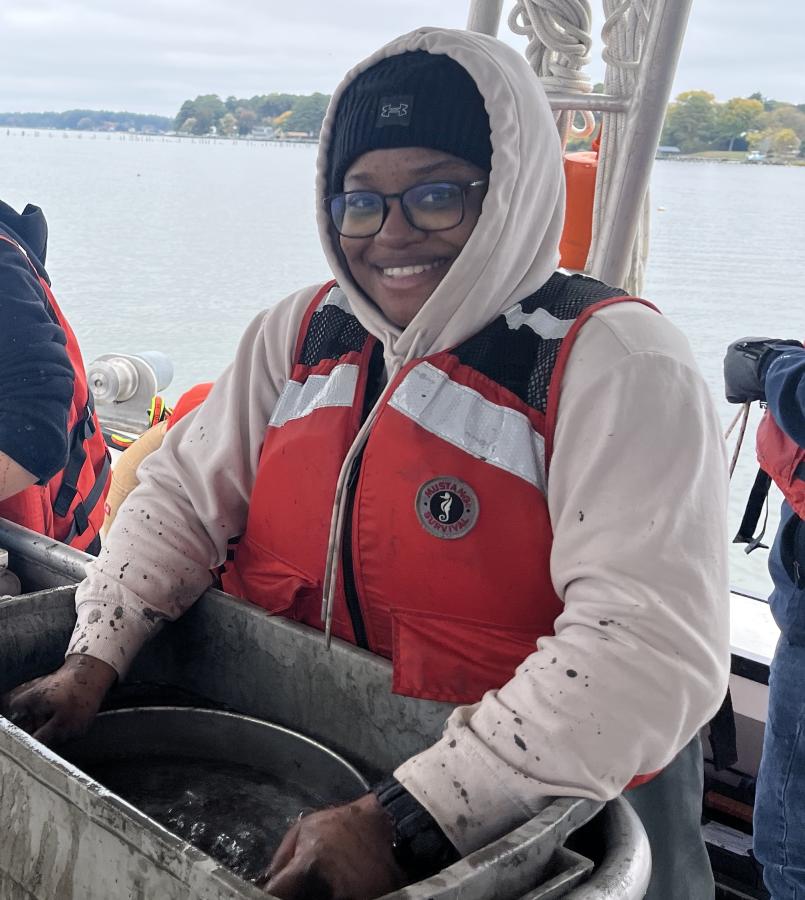
To celebrate Women’s History Month this March, we’re highlighting some of the NOAA Uncrewed Systems Operations Center (UxSOC) team that is working to expand the use of uncrewed systems (UxS) in support of NOAA’s diverse mission areas. Learn more about them below, or take a look at how other parts of NOAA are celebrating.
Lisa Nakamura – Uncrewed Systems Operations Center, Deputy Director
Role at NOAA: I have my eye on what needs to be in place so there is supportive infrastructure and people are empowered to make the center’s goals come to life.
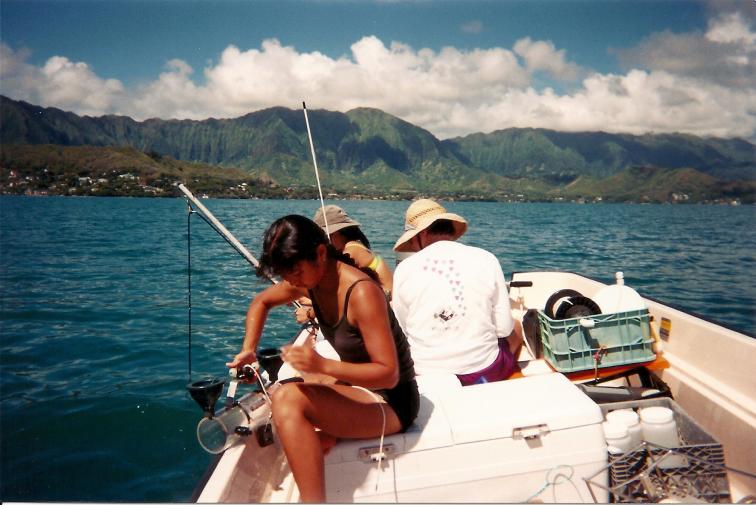
Journey to NOAA and Uncrewed Systems: I got here through making the most of serendipitous twists and turns. As a student, I did a lot of field work in coral reef ecology that gave me an appreciation for the inter-relations of systems (physical, biological, and social.) After graduate school, the Knauss Marine Policy Fellowship brought me to Washington, D.C., where I learned about policy for the first time working for a congressman. At NOAA I did a lot of work facilitating a one-NOAA voice in various coordination groups. Some of them looked at NOAA’s broad mission through a regional lens and some through a topical lens like education. I also had an opportunity to learn about how federal dollars were executed, and built a system to help NOAA follow congressional direction for the funds. Then a colleague introduced me to an exciting new office (UxSOC) that was just starting up, where I was able to bring my varied experiences together as we built the broad scaffolding for a new NOAA center.
Uncrewed Systems Shout-out: The very first UxS operations I observed was with the FVR-90 uncrewed aircraft system so it has a special place for me. But what I’m really motivated by is the passionate and inventive people in the UxS community that break new ground every day.
Fun Fact: I don’t have the academic background for any of my current professional expertise including policy, the federal budget process, or creating synergy across organizational structures. I’ve been fortunate to gain these experiences through a serendipitous mix of leaders who saw a potential in me, generous colleagues that have shared their knowledge, and my ability to understand new details in a larger context.
PaTrina Gregory – Uncrewed Systems Operations Center, Administrative Officer
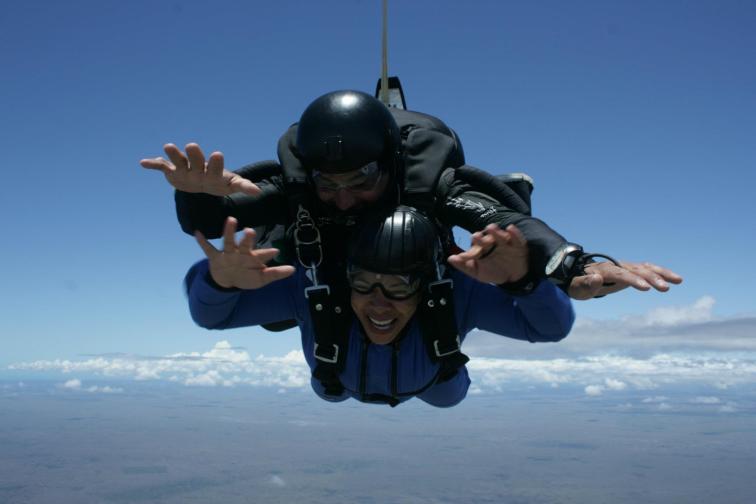
Role at NOAA: I consider myself the taskmaster and protector of our Center. I liaise with the entire team, and others, on every action that uses federal funds to ensure the activity is completed according to federal guidelines.
Journey to NOAA and Uncrewed Systems: I have been an Administrative Officer for 26 of my 32 years of federal service. I truly love science; and first supported medical science at the National Institutes of Health for 16 years then weather science at NOAA for 8 years. Every time I’ve worked outside of science, I would lose some of my zeal. Since transferring back to NOAA in 2022, I can honestly say, I have found my “happy place”.
Uncrewed Systems Shout-out: I think I relate most to the Mission Specialist Defender remotely operated vehicle. Both professionally and personally, I get to the bottom of things and straighten them out.
Fun Fact: My passions seem to be doing any activity in the atmosphere or ocean (e.g., glider flying, parasailing, swimming with sharks and dolphins and kissing stingrays). Working at NOAA Marine and Aviation Operations with uncrewed systems in the atmosphere and ocean seems to be the perfect job fit for me.
Brett Jenkins – Uncrewed Systems Operations Center, Business Administration and Communications Specialist
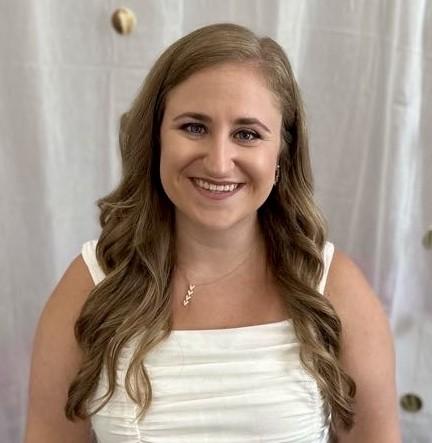
Role at NOAA: I work to provide business, administrative, and communication support to enable NOAA’s uncrewed systems projects. My job duties range from assisting with budgetary actions to facilities management (at the NOAA Gulfport, Mississippi, facilities where I am based out of), graphic design, and IT support.
Journey to NOAA and Uncrewed Systems: At the end of 2020, I joined NOAA’s National Data Buoy Center as a Procurement Specialist. Roughly one year later, I joined the UxSOC, which only had three employees at the time. It has been a pleasure watching the center grow over the last three years.
Uncrewed Systems Shout-out: My favorite uncrewed systems is the DriX uncrewed surface vehicle because it was the first one that I ever learned about (since I am so new to the field of uncrewed systems). I remember being so impressed with its capabilities and the impression has remained.
Fun Fact: My family has owned a graphic design and printing company for over 52 years. As a result, I like to think my creative skills and ability to design graphics for NOAA is hereditary!
Chesna Cox – Uncrewed Systems Operations Center, Knauss Fellow
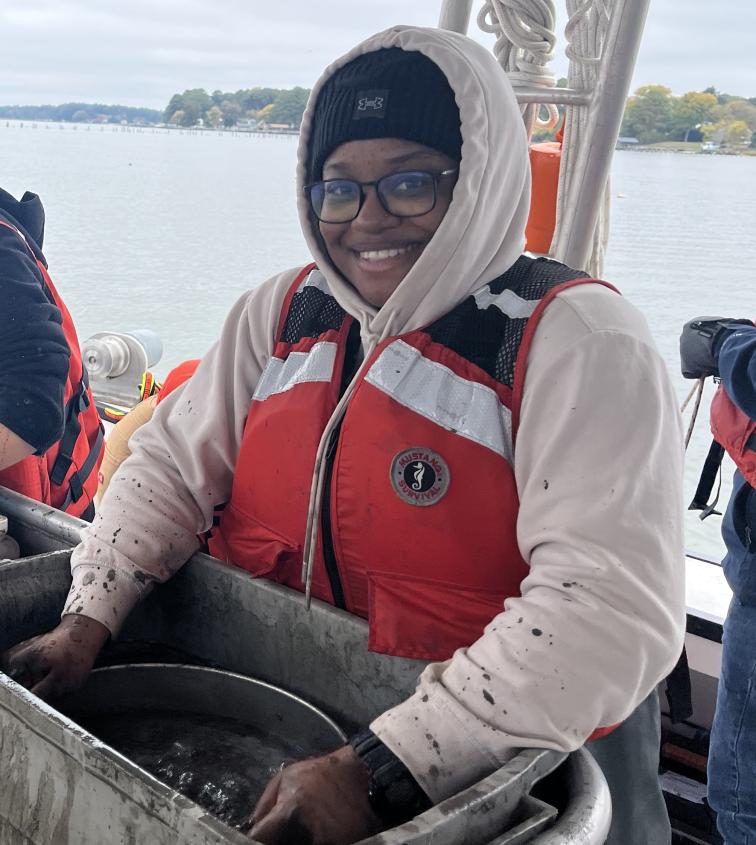
Role at NOAA: I’m a Knauss Marine Policy fellow in the UxSOC. The Knauss Fellowship is an opportunity for graduate students with ocean, coastal, and Great Lakes interests to gain experience in marine policy. My primary role in our office includes managing projects across NOAA line offices involving uncrewed systems.
Journey to NOAA and Uncrewed Systems: I became interested in marine science growing up in The Bahamas where I studied marine science in high school. I received a bachelors in marine biology from Troy University and a master’s degree in marine science from the University of South Alabama. Over the years my interests have evolved from animal care to sediment ecology, to a mixture of marine science and coastal engineering. My interest in technology and how it can be used to solve challenging research questions led me to the UxSOC.
Uncrewed Systems Shout-out: The uncrewed system I most relate to is the WAM-V because of its efficiency and adaptability. (I also just think it’s really cool!).
Fun Fact: I love animals and started working with exotic animal care during high school. Throughout my career I’ve worked with bottlenose dolphins, exotic birds, reptiles and I even spent a few months taking care of a newborn capuchin monkey named CoCo.
Erica Fruh – Uncrewed Marine Systems Division, Uncrewed Marine Systems Program Specialist
Role at NOAA: I am a Program Specialist within UxSOC’s Uncrewed Marine Systems Division. In this role I manage projects using uncrewed marine systems, including uncrewed surface vehicles and gliders, to collect data for NOAA.
Journey to NOAA and Uncrewed Systems: I started working for NOAA as a fisheries biologist on the West Coast Groundfish Trawl Survey. My division purchased a bottom-tracking autonomous underwater vehicle (SeaBED) for working on fisheries in untrawlable areas, and I joined the team. My role became “the identifier of things” within the images collected by the vehicle, including fish species, deepwater corals and sponges. I served as the project manager for the platform team, working on cruise preparation, inventory and logistics.
Uncrewed Systems Shout-out: My favorite would have to be the SeaBED autonomous underwater vehicle that got me into this uncrewed systems world. Popoki (the Northwest Fisheries Science Center’s platform), is able to collect amazing imagery close to the ocean floor. You never knew what surprises you were going to get back in the photos.
Fun Fact: Working with uncrewed systems has taken me all over the world, from American Samoa to Puerto Rico to Alaska and Saipan, Canada, and the Gulf of Mexico.
Ashley Hann – Uncrewed Systems Operations Center, Program Specialist
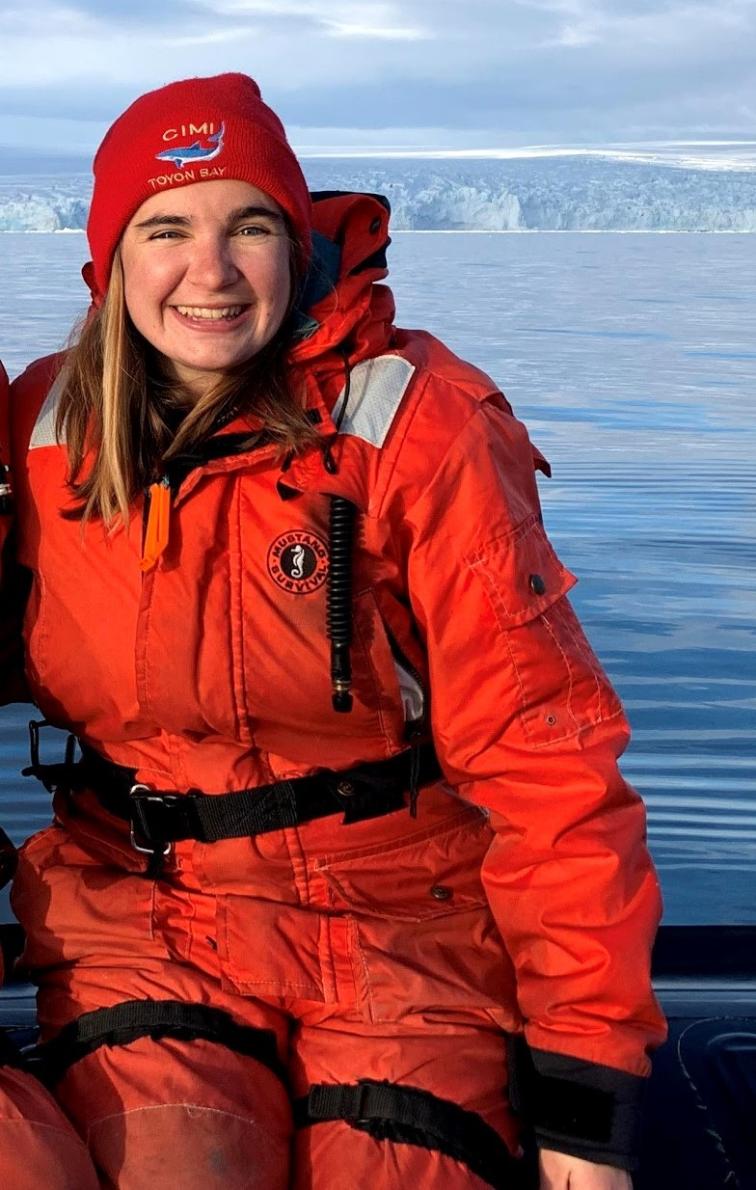
Role at NOAA: As a Program Specialist with the UxSOC, I strive to support coordination of NOAA’s uncrewed systems work and accurate communication of that work to broad audiences. This includes engaging with internal- and external-to-NOAA stakeholders of uncrewed systems and being able to “connect the dots” for others surrounding uncrewed systems-enabled science missions.
Journey to NOAA and Uncrewed Systems: Before starting my current role with NOAA, I worked for the agency as a Hollings Scholar at the Northwest Fisheries Science Center and more recently as a Knauss Fellow with the Oceanographer of the Navy. In between those roles, I was exposed to uncrewed systems through my graduate work in which I used underwater buoyancy gliders to assess changes in the marine ecosystem of the Western Antarctic Peninsula. My current role allows me to apply my interest in science with my experience in uncrewed systems and desire to engage in science-informed decision-making and collaborative research!
Uncrewed Systems Shout-out: While I think all uncrewed systems are interesting, the platform I most connect to is the Slocum glider. This is the platform I worked with in graduate school, and it has been exciting to see the diversity of its use cases in my current role.
Fun Fact: Despite my personal and professional interests in the ocean, my jobs have taken me to some pretty dry places. I have worked in multiple desert environments, including the Mediterranean desert of Catalina Island, California, and the polar desert of Antarctica.

